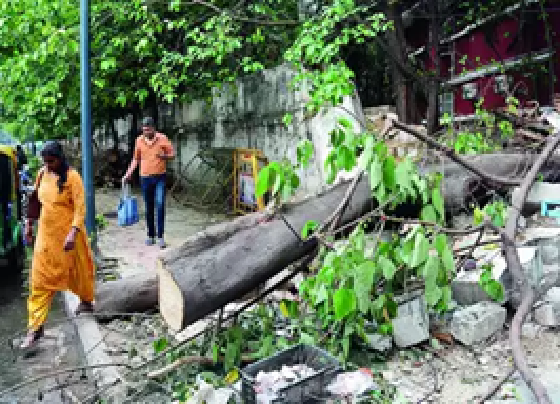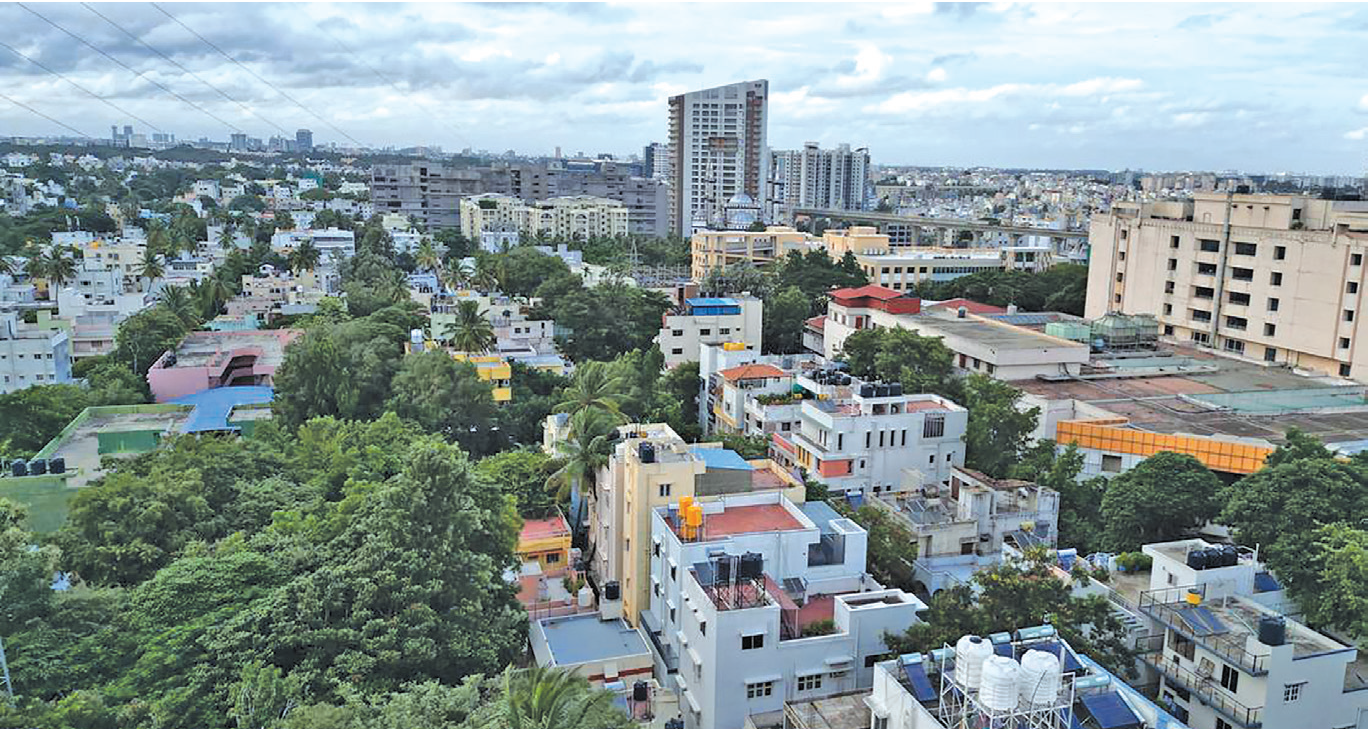
BANASHANKARI, WARD 180: A BLEND OF FAITH AND FRUSTRATION
NT Correspondent
Bengaluru: Banashankari in Bengaluru is a vibrant and well-known area, officially designated as Banashankari Temple Ward (Ward 180). The ward derives its name from the famous Banashankari Temple, which attracts thousands of devotees every week. However, despite its cultural and religious significance, the area grapples with several civic issues that affect residents, commuters, and visitors alike.
Problem at hand: One of the most pressing concerns in the ward is the deteriorating condition of roads. Many streets are riddled with potholes, making it hazardous for motorists and pedestrians. The problem is particularly severe near the Banashankari Bus Stand and temple, where heavy traffic worsens road conditions. A BMTC conductor, who has been driving buses on this route for over a decade, voiced his frustration. “Every day, we struggle with potholes.
The ride is so bumpy that passengers often complain. Some roads are so bad that we have to slow down, leading to delays in our schedules. Despite repeated complaints, there is no permanent solution.” Another significant issue plaguing Banashankari is footpath encroachment by street vendors, especially around the metro station and the temple. With little space left for pedestrians, walking becomes a challenge, particularly during peak hours and festival seasons.
The path forward: Commuters also complain about the irregular functioning of traffic signals, particularly near the Banashankari bus stop. The faulty signals create confusion among motorists, leading to frequent traffic snarls. Authorities have taken some steps to address these issues, including periodic road patchwork and temporary clearing of footpaths.
However, residents believe a more sustainable approach is needed to maintain Banashankari's status as both a spiritual hub and a functional urban space. While Banashankari continues to thrive as a centre of faith and commerce, addressing its civic challenges remains crucial. A collective effort from the authorities, vendors, and the public could transform the ward into a cleaner and more organised neighbourhood.
 English daily published in Bengaluru & Doha
English daily published in Bengaluru & Doha






